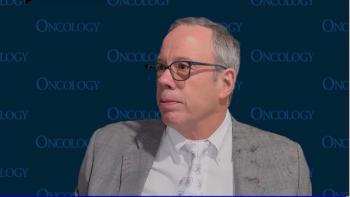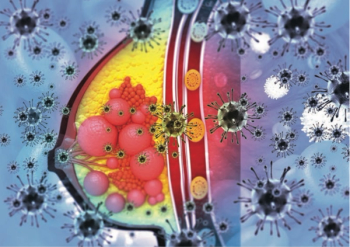
Identifying Regional Kidney Cancer Needs Via International Collaboration
Large international meetings may facilitate conversations regarding disparities of care outside of high-income countries.
According to Regina Barragan-Carrillo, MD, establishing trust between high-income countries and their international counterparts could be beneficial in building programs for clinical collaboration in kidney cancer, bringing contemporary research to countries with income disparities.
CancerNetwork® spoke with Barragan-Carrillo, postdoctoral fellow of medical oncology and medical therapeutics at City of Hope Comprehensive Cancer Center in Duarte, CA, about what other institutions can do or keep in mind to help mitigate disparities in clinical trial availability for renal cell carcinoma (RCC).
Barragan-Carrillo expressed that the scope of the issue was beyond anything a single institution could solve, emphasizing that the issue required international collaboration to mitigate. To this end, she expressed that the establishment of trust between institutions in high-income countries and their international counterparts may help in building connections that prevent research gatekeeping.
Furthermore, she explained that meetings like the
Results from a real-world analysis study Barragan-Carrillo presented at the ASCO Genitourinary Cancers Symposium revealed that RCC clinical trials were disproportionately concentrated in high-income countries (HICs), with only a fraction of trials accessible to upper-middle-income countries (UMICs), lower-middle-income-countries (LMICs), and lower-income countries (LICs). Furthermore, a direct association between expenditure for health, mortality, age standardized incidence rate, and trial availability was found.
Data from the trial revealed that of 357 clinical trials included in the analysis, 84 were available in UMICs, LMICs, and LICs in addition to HICs, as opposed to 273 that were only available in HICs. Additionally, 92.3% (odds ratio [OR], 0.056; 95% CI, 0.018-0.176; P <.001) of LMICs and 100% (OR, 0.013; 95% CI, 0.001-0.228; P = .003) of LICs had no RCC trials available.
Transcript:
To be honest, I do not think [RCC trial availability] is something that a single institution would be able to solve, being such an international problem. But something important on the institutional level is to trust the partners we have in other countries, to start building these bridges and not gatekeeping your research efforts in a certain region. This meeting, for example, the ASCO [Genitourinary Cancers Symposium], is a great way to establish conversations and to reach out to people from other nations and to understand their needs. How can we start building these programs? Because if we do not talk about it, and if we do not make a statement and understand that the problem is existing in many countries, it is going to be hard to start taking actions to solve it.
Reference
Barragan-Carrillo R, Zugman M, Castro D, et al. Assessing global disparities in clinical trial availability for renal cell carcinoma (RCC). J Clin Oncol. 2025;43(suppl 5):449. doi:10.1200/JCO.2025.43.5_suppl.449
Newsletter
Stay up to date on recent advances in the multidisciplinary approach to cancer.

















































































